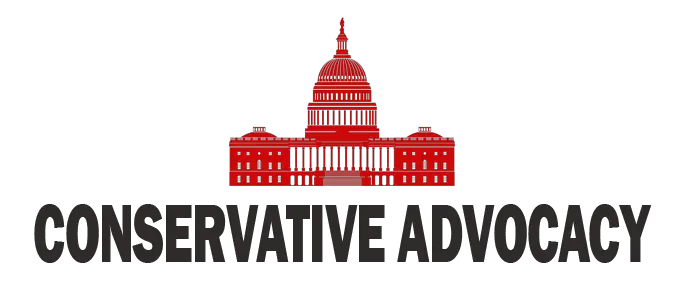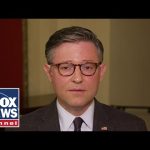President Donald Trump’s first cabinet meeting of his second term provided a vivid showcase of his administration’s priorities, style, and unorthodox approach to governance. Held on February 26, the meeting was anything but traditional, blending policy discussions with Trump’s signature flair for theatrics. From Elon Musk’s bold defense of his cost-cutting Department of Government Efficiency (DOGE) to Trump’s candid remarks on foreign aid and government accountability, the event underscored the administration’s commitment to transparency and disruption.
Elon Musk, who has become a pivotal figure in Trump’s administration despite not holding an official cabinet position, dominated much of the meeting. Wearing a “Tech Support” t-shirt and MAGA hat, Musk outlined DOGE’s mission to trim federal inefficiencies and reduce the workforce. His controversial directive requiring federal employees to submit weekly accomplishments—or risk termination—sparked both praise and criticism. Musk framed these efforts as essential to preventing national bankruptcy, while Trump lauded him as a visionary willing to take on entrenched bureaucratic waste. Critics, however, have raised concerns about the human impact of these cuts, with some Republican lawmakers urging a more measured approach.
The meeting also delved into foreign policy, particularly Trump’s evolving stance on U.S. support for Ukraine. While reiterating his commitment to ensuring taxpayers see returns on their investments, Trump announced plans for a minerals deal with Ukraine that would allow the U.S. to recoup some of its $300 billion in aid since Russia’s invasion. However, Trump made it clear that future security guarantees would not be forthcoming, arguing that Europe should shoulder more responsibility for Ukraine’s defense. His blunt remarks during a recent Oval Office meeting with Ukrainian President Volodymyr Zelenskyy—where he criticized Zelenskyy for perceived ingratitude—highlighted Trump’s transactional approach to international relations.
Throughout the meeting, Trump emphasized his administration’s focus on accountability and efficiency. He encouraged cabinet members to adopt DOGE-like initiatives within their agencies and reiterated his goal of achieving a balanced budget within two years. Notably absent from the discussion were cuts to programs like Social Security or Medicare—a reassurance aimed at quelling fears among moderates and seniors. This pragmatic yet aggressive fiscal strategy reflects Trump’s broader effort to align government spending with conservative principles while avoiding political pitfalls.
The atmosphere of the meeting stood in stark contrast to those of previous administrations. Gone were the scripted talking points and carefully choreographed optics; instead, Trump invited open questions from reporters and engaged in unscripted exchanges with his team. While this approach has its critics—some argue it prioritizes spectacle over substance—it also reinforces Trump’s image as a leader unafraid to tackle challenges head-on. The inclusion of Musk further amplified this dynamic, blending policy discussions with moments of levity that kept viewers engaged.
As Trump sets the tone for his second term, this cabinet meeting served as both a statement of intent and a glimpse into the administration’s priorities. With an emphasis on cutting waste, redefining foreign aid, and fostering transparency, Trump is doubling down on his promise to put America first. Whether these efforts will yield tangible results or face significant pushback remains to be seen, but one thing is certain: under Trump’s leadership, Washington is anything but business as usual.




